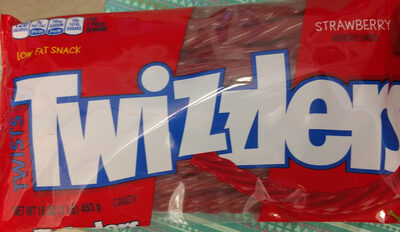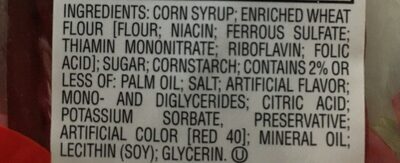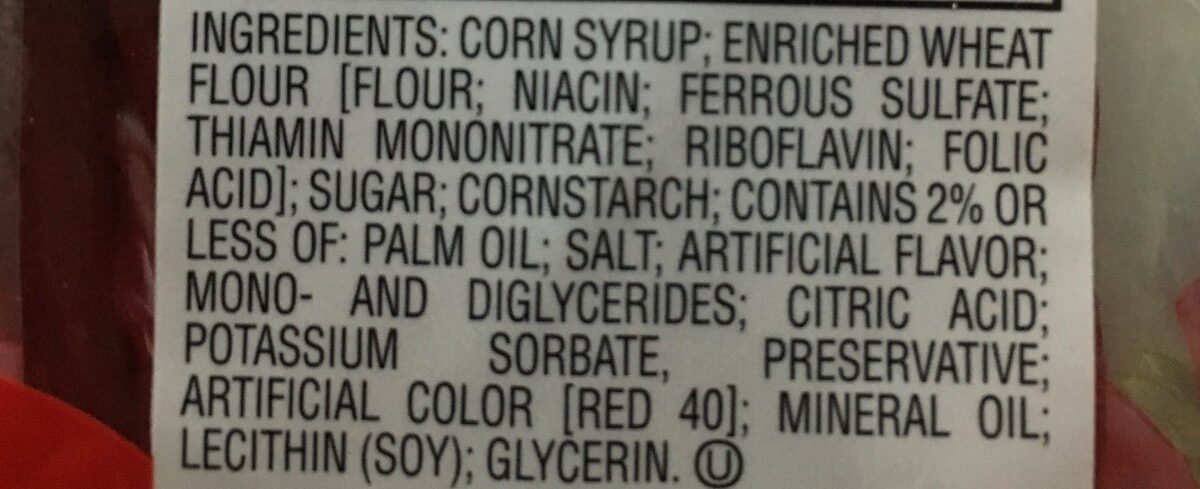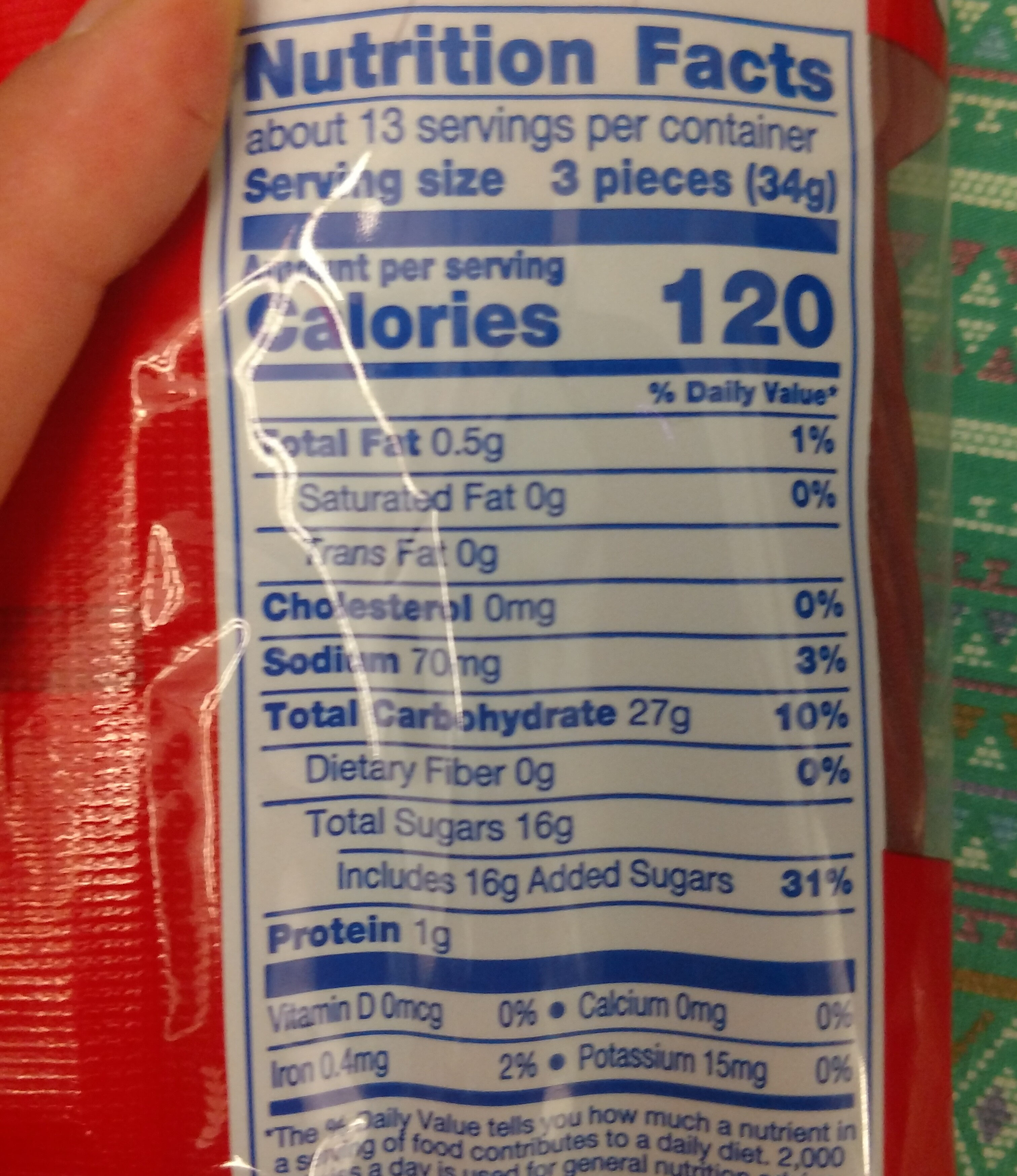Hershey's Twizzlers Twists Strawberry GM - 16 oz
La page de ce produit n'est pas complète. Vous pouvez aider à la compléter en l'éditant et en ajoutant plus de données à partir des photos que nous avons, ou en prenant plus de photos à l'aide de l'application pour Android ou iPhone / iPad. Merci!
×
Code-barres: 0034000560028 (EAN / EAN-13) 034000560028 (UPC / UPC-A)
Quantité : 16 oz
Conditionnement : Sachet
Marques : Twizzlers
Pays de vente : France
Correspondance avec vos préférences
Environnement
Emballage
Transport
Espèces menacées
Signaler un problème
Sources de données
Produit ajouté le par kiliweb
Dernière modification de la page produit le par roboto-app.
Fiche produit également modifiée par autorotate-bot, inf, openfoodfacts-contributors, packbot, recipemd, yuka.SEwwcURyWlIvOXc0bWZNUCt6YlFwNE5NOTVIM0RFbXNPN1VPSVE9PQ, yuka.WmFkYUNMb1AvZDB4b004eG9UL3M1WTlIMTg2SWYzT2REZTgrSUE9PQ.
Si les informations sont incomplètes ou incorrectes, vous pouvez les complèter ou les corriger en modifiant cette fiche.










